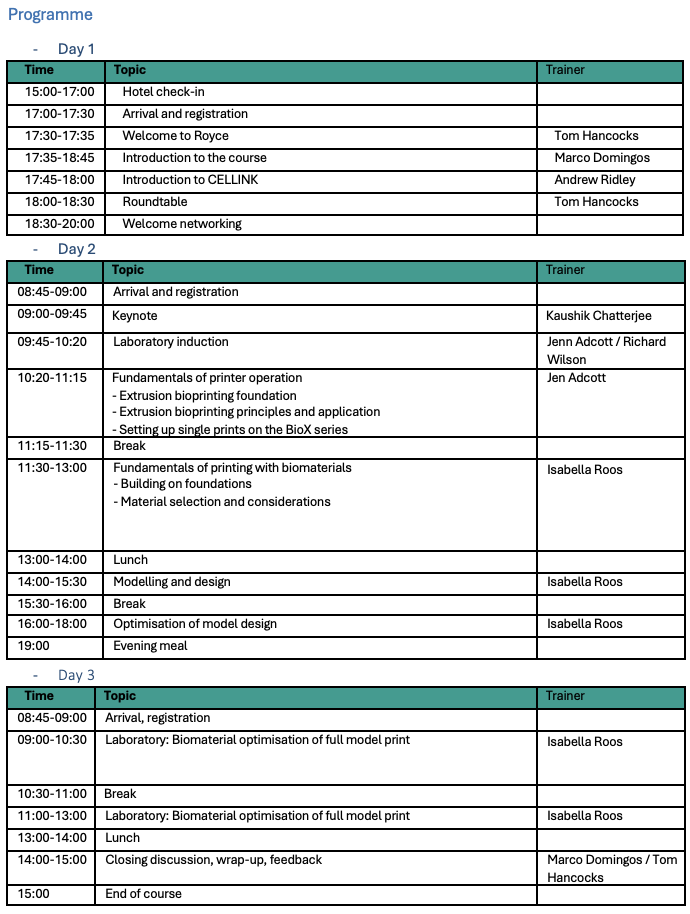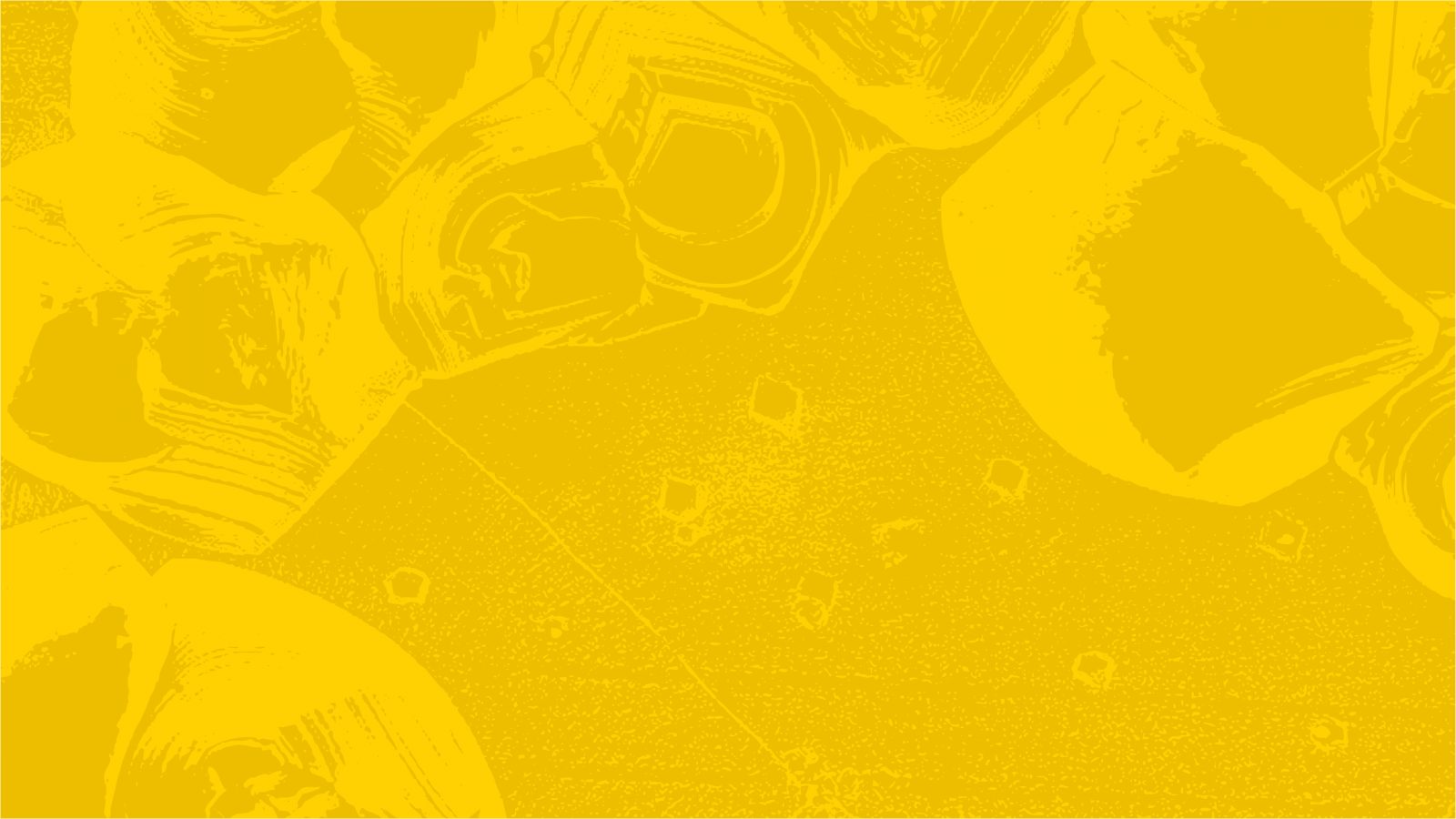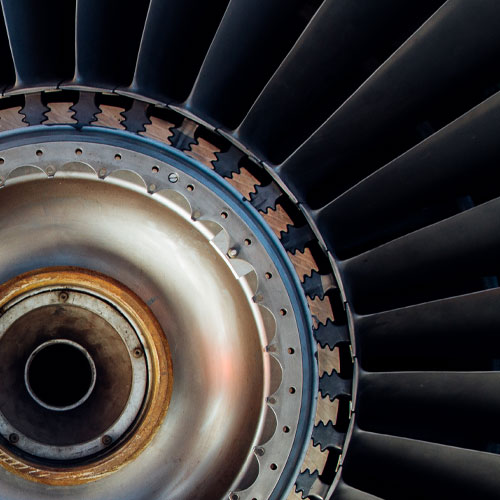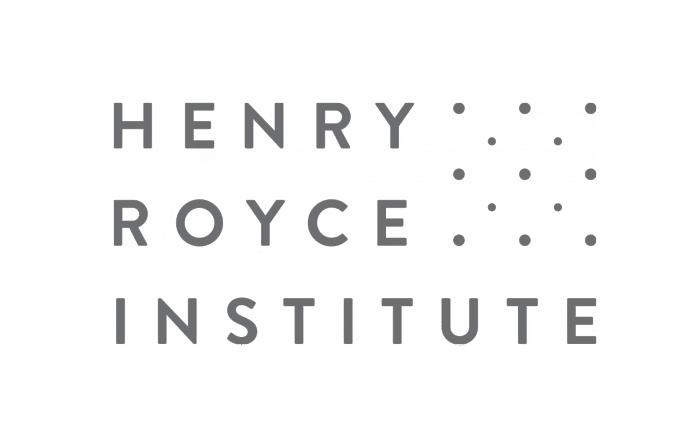**Applications Closed – this course is now full**
Overview
This course focuses on extrusion-based bioprinting techniques relevant to healthcare research, tissue engineering and regenerative medicine (TE&RM). Participants will explore the fundamentals of the technology and hear from experts on the opportunities and challenges of translating 3D bioprinting into real-life medical applications. Extensive practical sessions in the laboratory will develop practical skills and experience in various printing modalities including multi-material, coaxial, and suspension baths.
Participants will learn how to use extrusion-based bioprinting and related techniques to develop in vivo like microenvironments and fabricate complex, 3D in vitro models for application in biomedical research and innovation. The content will also explore the current uses of the technology, highlight where innovation is driving the field forward and convey where future advances can be expected in the development and application of complex tissue models for healthcare innovation.
The practical content will be delivered in the Royce Bioprinting Technology Platform laboratory at the University of Manchester. For further details of the laboratory, please explore the Tomorrow Labs website.
This course is delivered in participation with CELLINK and makes use of their BioX and BioX6 bioprinting platforms.
Future courses covering other bioprinting techniques will launch later in 2025.
Format: In-person
Cost: £200
Background and motivation
Bioprinting encompasses a range of additive manufacturing (AM) technologies used in Tissue Engineering and Regenerative Medicine (TE&RM) to create human tissue and organ surrogates from digital designs. Operating in a layer-by-layer fashion, these technologies enable the fabrication of biological constructs that closely mimic native tissues by replicating their structural and functional organization through the precise spatial arrangement of cells and biomaterials. From basic studies in developmental biology to disease modelling, bioprinted tissues are increasingly utilized in laboratories worldwide, gradually replacing simpler 2D/3D cell cultures and animal models.
Despite its expanding role in healthcare research and innovation, bioprinting remains an emerging technology with limited clinical application. However, as the technology matures, advancements in areas like cancer research, drug testing, and ultimately tissue grafts for transplantation are expected. Bioprinting is set to play a pivotal role in developing next-generation personalized medicines to support the healthy aging of the global population, with broader impacts anticipated in areas like food production and space exploration as the technology advances.
Audience
This course is aimed at PhD students, research scientists, biotechology professionals and junior doctors wanting to explore the potential of bioprinting in healthcare research and innovation. Knowledge of potential application areas across biomedical disciplines will enable participants to gain the most from the course.
Existing experience of bioprinting is beneficial, although not mandatory. This content will include foundation principles on bioprinting and cover practical aspects for optimisation of complex designs with multiple printing modalities and materials. The course is Ideal for anyone wanting to learn new techniques and develop best practice for printing designs.
There are a total of 12 participant spaces on the course. Please complete the full application form to be considered for a place. Applications will be reviewed by the organising panel before places are offered.
Staff and students at The University of Manchester interested in training should contact the laboratory directly: bioprinting.royce@manchester.ac.uk
Learning outcomes
After this course participants should be able to:
- Conduct software modelling of complex biological constructs
- Define the requirements of bioinks for optimal printability and cell survival
- Optimise parameters for extrusion-based printing
- Select appropriate multi-material printing methods and bioinks to create ECM-like constructs
- Utilise FRESH and other suspension bioprinting strategies for processing of low viscosity materials
- Apply co-axial printing methods to create prints of vascular networks

Organisers
- Tom Hancocks – Henry Royce Institute
- Andrea Izquierdo – Henry Royce Institute
- Geofff Blunt – Henry Royce Institute
- Jen Adcott – The University of Manchester
- Marco Domingos – The University of Manchester
- Isabella Bondesson – Cellink
- Andrew Ridley – Cellink
About our Keynote Speaker – Dr. Kaushik Chatterjee

Dr. Kaushik Chatterjee received his Ph.D. in Bioengineering from Pennsylvania State University, USA after receiving M.S. in Materials Science and Engineering from University of Virginia, USA and B.E. in Metallurgy from Bengal Engineering College, India. He worked as a postdoctoral fellow jointly at the National Institute of Standards and Technology and the National Institutes of Health, USA. He joined the Indian Institute of Science, Bangalore in 2011 where he is currently an Associate Professor in the Department of Materials Engineering and associated with the Centre for Biosystems Science and Engineering. His research group focuses on materials for biomedical applications.


